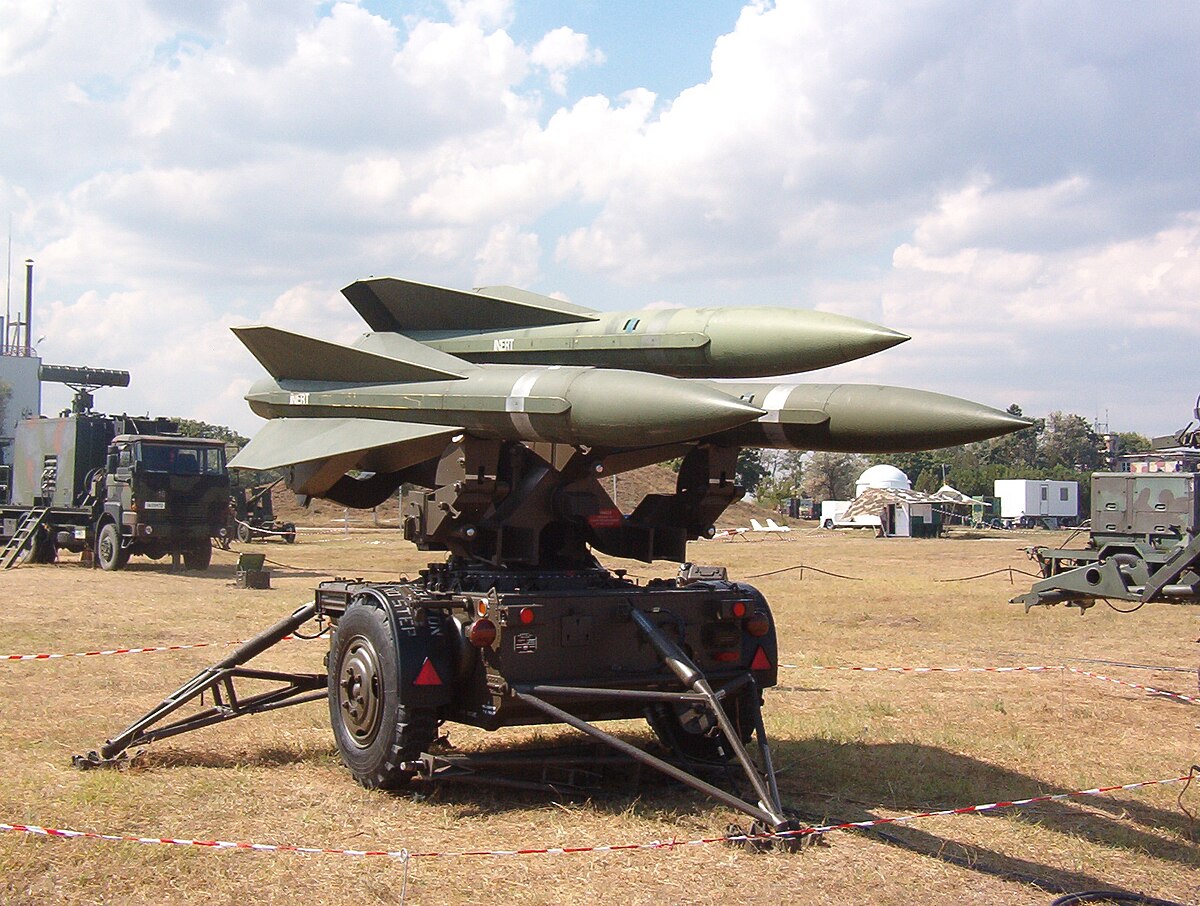The Evolution of Air-to-Air Missiles: A Historical Perspective
From HAWK to Sparrow: A Journey of Innovation
The history of air-to-air missiles is marked by technological advancements that have revolutionized aerial warfare. The advent of the Raytheon MIM-23 HAWK Homing All the Way Killer (HAWK) in the 1960s heralded a new era of missile defense systems, designed to counter aircraft, naval vessels, and ground threats. With its speed reaching up to Mach 24, the HAWK proved its capabilities in effectively intercepting cruise missiles.Air Intercept Missile: The Ultimate Weapon
The AIM-9 Sidewinder, a short-range air-to-air missile, pushed the boundaries of aerial combat tactics. Designed for air intercept missions, the Sidewinder was highly maneuverable and could lock onto enemy aircraft with precision accuracy. The AIM-7 Sparrow, an American medium-range air-to-air missile, further enhanced the effectiveness of air defense systems. With its semi-active radar homing technology, the Sparrow could accurately track and engage targets at extended ranges.These air-to-air missiles have played a pivotal role in numerous aerial conflicts, providing air forces with a formidable weapon against incoming threats. As technology continues to advance, the evolution of air-to-air missiles promises to shape the future of aerial warfare, ensuring the safety and security of the skies.


Comments